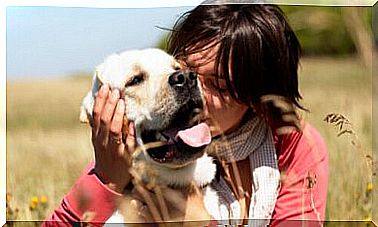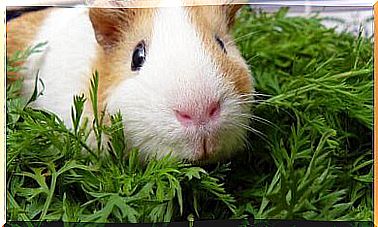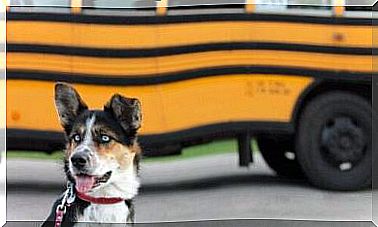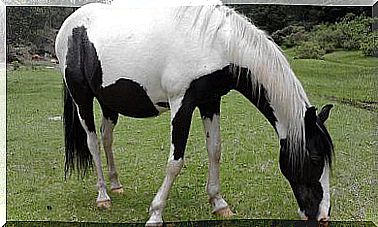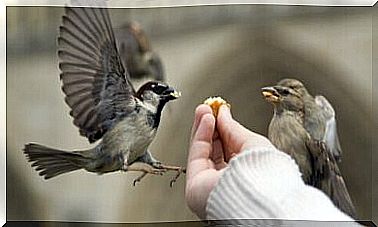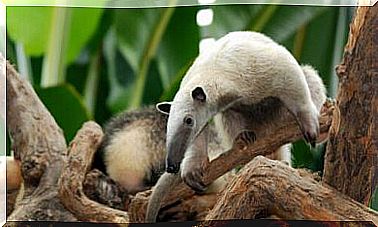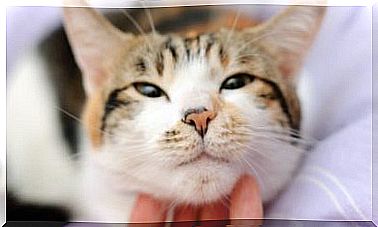Landseer: A Black And White Molosser
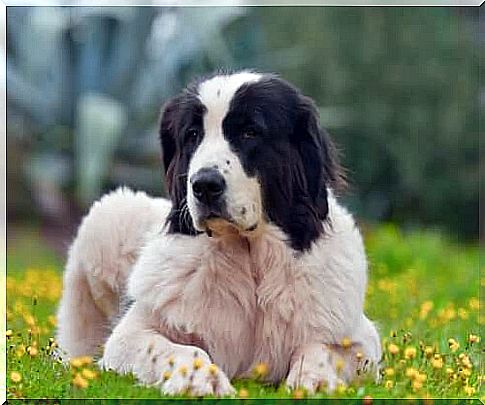
The Landseer is considered a variety of the Newfoundland in many places, but the FCI considers it an entirely different breed. Find out how he got his name and various curiosities about this molosser.
Landseer history
Little is known about the origin of this breed apart from that it shares its origins with the Newfoundland and with many Central European Molossers and that it arose at an intermediate point between Switzerland and Germany at the beginning of the twentieth century, to then be brought in Canada and the rest of North America.
Traditionally, cattle dogs have been herding and protection dogs for livestock, especially large ones, such as cows or oxen. They are hardy dogs that live in the mountains of central Europe, such as the Saint Bernard or the Bernese Mountain Dog.
I l Landseer takes its name from the painter Edwin Landseer, who painted many portraits of children in the company of this breed.
Curiously, although in the Peter Pan films Nana is shown as a Saint Bernard, in the original text she is a Newfoundland or a Landseer.
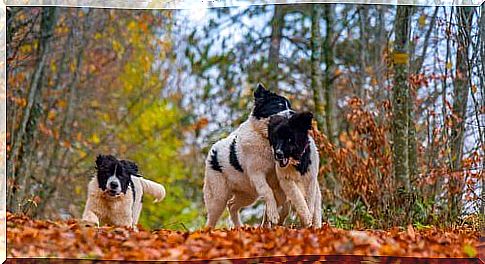
Characteristics of the Landseer
The first impression is of a large, strong and harmonious dog. The Landseer is large in size and the males are slightly larger than the females: they reach between 72 and 80 centimeters, while the females reach a maximum of 72 centimeters at the withers.
Males can also be much more robust than females: they weigh up to 68 kilograms against the 54 kilograms of females.
The Landseer has a large head and a square muzzle. The profile of the head, or the stop, is very pronounced. It has ears of medium size, triangular, slightly rounded and towards the sides of the head.
The nose is always black and, unlike other cattle dogs, the Landseer has lips slightly turned down, but tight, so it does not drool.
As for the morphology of this dog, the back is straight and in general it has a muscular body. It never holds the tail too high, but rather relaxed.
The hair, except on the head, must be long, smooth and very thick. Its coat is made up of two soft layers of fur, so you should never cut it off.
It can only be black and white : the head can be all black, with the exception of a white stripe that goes from the muzzle to the nape.
Behavior of the Landseer
Like many Molosser dogs, the Landseer is a friendly and good-natured dog. They bond very closely with their human family and are very affectionate which makes them an ideal breed for children. However, he is protective and wary of strangers – he has guard dog traces.
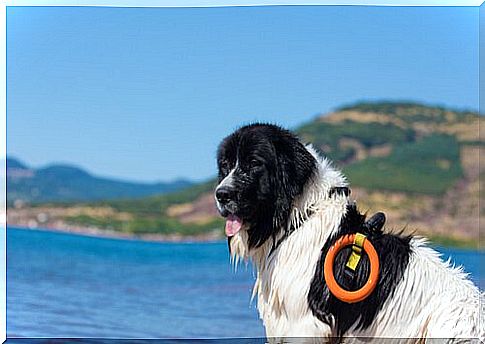
He is also intelligent, although he can be stubborn or listless when he has to learn new commands. It is essential to employ positive reinforcement methods to educate him, because because of his temperament, he cannot be forced to obey through punishment or fear.
It should be emphasized that the Landseer is an energetic dog, but does not need any movement other than three quality walks per day. At home, he turns into a quiet, lazy dog who takes long naps.
Finally, this breed is a lover of water and loves to swim; the younger specimens, which occasionally need to move more, will have fun on the beach or the river.
Landseer care
The coat of this dog needs special care: it must be brushed at least once every two days, to remove dead hair and untie possible knots. Depending on the type of hair, cutting it in the summer is counterproductive: to combat the hot seasons, it will need better brushing.
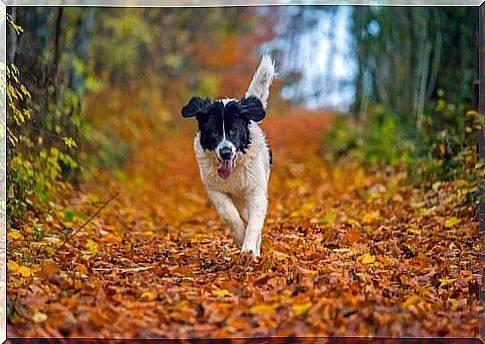
The breed has no inherited diseases of its own, other than the typical health problems of large dogs: gastric torsion and hip or elbow dysplasia.
It is necessary to undergo frequent veterinary visits to be able to identify any health problems or prevent them, as well as follow the vaccination schedule and eliminate parasites.
It must be emphasized that this dog does not tolerate high temperatures well, instead he loves the cold. It is not recommended to let it live in countries or areas with long periods of heat ; in any case, it must be protected during the hours of maximum heat.
Ultimately, the Landseer is a large dog, but with a reliable and affectionate character. Its imposing physique is combined with its spectacular beauty, which allows it to be considered an independent breed from other Molosser such as the Newfoundland.
